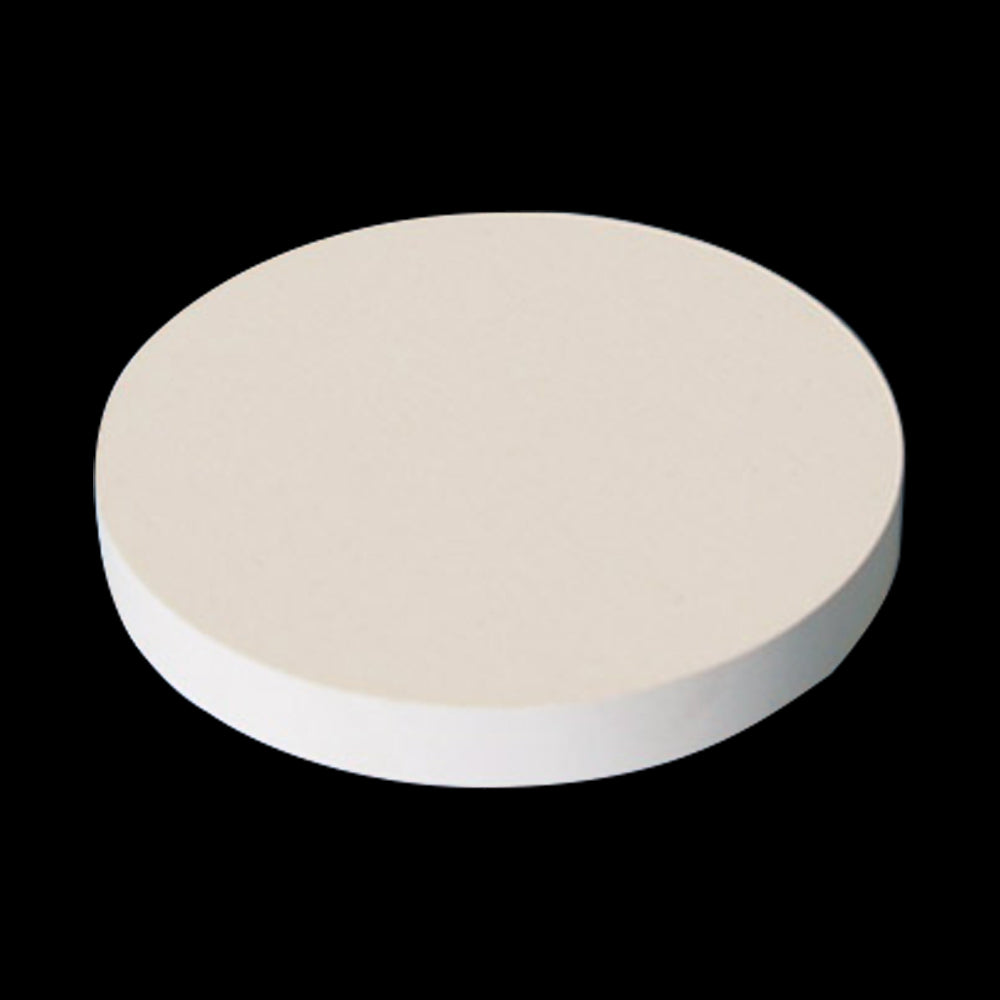Target Materials
Barium Titanate BaTiO3 PLD Target
Barium Titanate BaTiO3 PLD Target
Couldn't load pickup availability
| Material | Barium Titanate |
| Formula | BaTiO3 |
| Common Substrates | SrTiO3 |
| Similar Materials | BaTiO3, SrTiO3, LaAlO3, and NdGaO3 |
| Crystal Structure | Perovskite |
Introduction to the Barium Titanate, BaTiO3
BaTiO3, also known as barium titanate, is a group of materials that have been extensively studied due to their unique properties and potential applications in various fields such as electronics, energy, and optoelectronics. In thin film form, BaTiO3 is of great interest due to its advantageous properties, including its high dielectric constant, ferroelectric behavior, and good thermal stability. Barium titanate is used in capacitors as a dielectric, with dielectric constant values as high as 7,000 compared to most common ceramics and polymer materials are less than 10!
Crystal Structure of BaTiO3
BaTiO3 has a perovskite crystal structure, which is characterized by a particular arrangement of oxygen ions surrounding the central metal ions. This structure is responsible for the material's interesting electrical and dielectric properties. BTO exists in one of four polymorphs depending on temperature. From high to low temperature, these crystal symmetries of the four polymorphs are cubic, tetragonal, orthorhombic and rhombohedral crystal structure. All of these phases exhibit the ferroelectric effect apart from the cubic phase.
Comparison between BaTiO3 Thin Films and Other Titanates and Thin Films
BaTiO3 thin films exhibit properties that are similar to other titanates and thin films, but with distinct advantages. For example, BaTiO3 thin films have a higher dielectric constant and better ferroelectric behavior compared to other titanates and thin films.
PLD Growth Conditions for BaTiO3
Some general guidelines for PLD growth of BaTiO3 include:
Oxygen Pressure: typically in the range of 50-100mTorr which helps to reduce oxygen vacancy defects in the films
Temperature: The growth temperature for BaTiO3 thin films by PLD can range from 500 to 800°C with higher temperatures can lead to improved crystallinity and increased grain size in the films.
Typical Substrates for Epitaxial Growth of BaTiO3
To achieve a good lattice match and improve the quality of the BaTiO3 thin films, substrates with similar lattice constants are used. Common substrates used for the epitaxial growth of BaTiO3 include SrTiO3, LaAlO3, and NdGaO3.
Similar Thin Film Materials to BaTiO3
- Pb(Zr,Ti)O3 (PZT)
- Bi(Fe,Ti)O3 (BFO)
- KNO3
- LiNbO3
- SrRuO3 (SRO)
Materials
Materials
Shipping & Returns
Shipping & Returns
Dimensions
Dimensions
Care Instructions
Care Instructions


-
Free Shipping
Wherever you are, get free shipping on orders from Target Materials
-
High Quality Packaging
All our targets are vacuum packed, sealed and protected so they arrive with you exactly how they left from us.


